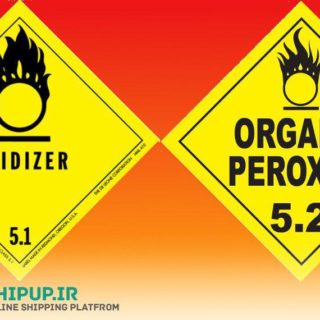Share, Update Your Tracking, Main info of your shipment in a glimpse
New Update on container tracking service: With huge thanks to our dear users, all over the world, who are our main motive for providing better service. In new update below features have been added to tracking service in order to enhance the user experience: Share Tracking: You may need to share the result of the tracking to a third party (your client, your partner, your boss or …). Using share button choose your sharing channel( Email, Whatsapp, Telegram , ..) and share it easily. Update Tracking: Request an on-demand immediate update on your tracking result just by clicking the...


Recent Comments